Alternative IDs for NSF Access: Enhancing Security and Convenience
In an era of rapidly advancing technology, the need for secure and convenient access control has become paramount. Traditional methods of identification, such as passwords and PINs, are often prone to security breaches and inconvenience. To address these challenges, alternative IDs for NSF (National Science Foundation) Access have emerged as a promising solution.
Are you tired of dealing with cumbersome passwords and unreliable PINs? Say goodbye to these outdated authentication methods and embrace the power of alternative IDs for NSF Access. These innovative identification solutions offer a seamless and secure way to protect your sensitive information while ensuring a hassle-free user experience. Discover the benefits of alternative IDs and revolutionize your access control system today.
The Need for Enhanced Access Control
In today’s interconnected world, protecting sensitive information and ensuring secure access control are critical concerns for individuals and organizations alike. Traditional methods of identification, such as passwords and PINs, often fall short in terms of security and convenience. Hackers have become increasingly adept at bypassing these measures, leading to data breaches and compromised accounts. Additionally, users often struggle to remember complex passwords or frequently reset them, resulting in frustration and productivity loss. It is clear that a more robust and user-friendly approach to access control is needed.
Understanding Alternative IDs
Alternative IDs refer to innovative forms of identification that offer an alternative to traditional authentication methods. These IDs leverage advanced technologies, such as biometrics and smart cards, to provide secure and convenient access control. Instead of relying solely on something the user knows (e.g., a password), alternative IDs incorporate something the user possesses (e.g., a fingerprint) or something inherent to the user (e.g., facial recognition). By combining multiple factors, these IDs create a layered and more resilient defense against unauthorized access.
Advantages of Alternative IDs
Alternative IDs for NSF Access offer numerous advantages over traditional authentication methods. Let’s explore some of the key benefits:
- Enhanced Security: By incorporating multiple authentication factors, alternative IDs significantly bolster security measures. Biometric data, such as fingerprints or iris scans, are unique to each individual, making it extremely difficult for unauthorized users to gain access.
- Convenience: Alternative IDs eliminate the need for users to remember complex passwords or carry multiple access cards. Instead, they can effortlessly authenticate themselves using their biometric traits or smart devices, streamlining the user experience.
- Reduced Fraud: Traditional IDs, such as swipe cards or magnetic strips, are susceptible to theft or cloning. Alternative IDs leverage advanced encryption techniques, making them highly resistant to fraudulent activities.
- Scalability: Alternative IDs can easily scale to accommodate a growing user base or changing organizational needs. Whether it’s adding new users or expanding access across multiple locations
- Implementation of Alternative IDs for NSF Access
Be the first to review “Alternative IDs for NSF Access | NSF – National Science Foundation” Cancel reply
Related products
ID cards
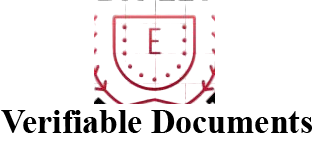
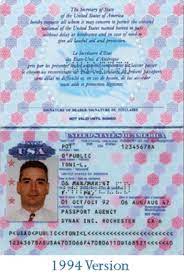


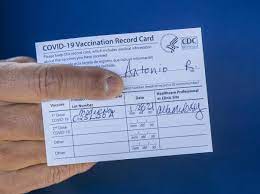
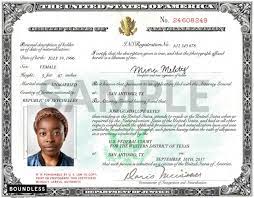
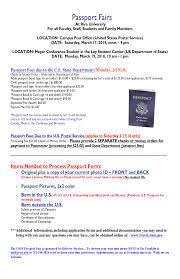
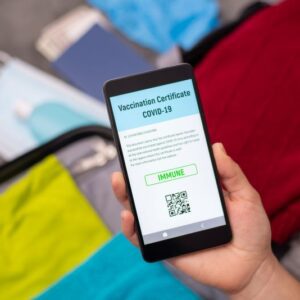



Reviews
There are no reviews yet.